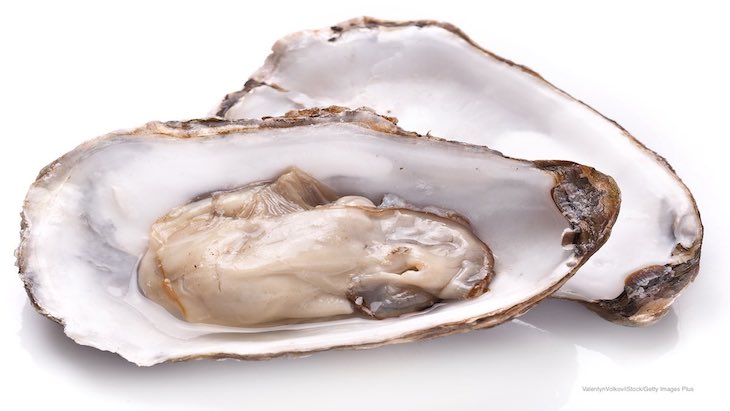The FDA is advising retailers and restaurants not to serve or sell norovirus raw oysters imported from Canada. There is a large norovirus outback in Canada associated with those oysters, and there are also norovirus outbreaks in Minnesota, California, and Washington state. The FDA, CDC, and the Public Health Agency of Canada are investigating a multi-state outbreak of norovirus linked to raw oysters.

The potentially contaminated raw oysters that were harvested in the south and central parts of Baynes Sound in British Columbia were distributed to restaurants and retailers in California, Colorado, Florida, Hawaii, Illinois, Massachusetts, Minnesota, New Jersey, Nevada, New York, Oregon, Texas, and Washington. More states may have received these oysters.
A trace forward investigation has been started to determine where the raw oysters were sold and to make sure they are removed from the food supply. Retailers sold not serve any raw oysters harvested from these harvest locations (or landfiles) within Baynes Sound: #1407063, #1411206, #278737 in BC 14-8 and #1400036, in BC 14-15. “Baynes Sound” will show on product tags as “14-8”and/or “DEEP BAY”, or “14-15.”.
Food contaminated with norovirus will look, smell, and taste normal and its texture is not affected or compromised. Anyone who consumes raw shellfish is at risk of contracting norovirus and illnesses caused by other pathogens. Anyone who is younger than five, the elderly, and people with chronic health conditions and compromised immune systems are more likely to become seriously ill with these types of infections.
Norovirus is vulnerable to heat. It is destroyed when the food that contains it reaches 145°F. Quick steaming processes that are often used to cook shellfish may not heat foods thoroughly enough to kill this pathogen.
Before you buy raw oysters in a store or order it at a restaurant, ask where it was harvested, and if that venue is aware of this FDA notice and the norovirus outbreak. You can also protect yourself by not eating raw or undercooked oysters or raw or undercooked shellfish.
Symptoms of norovirus include diarrhea, vomiting, nausea, and stomach pain. Other symptoms can include fever, body aches, and headache. These symptoms usually start 12 to 48 hours after exposure. Most people get better within a few days, but if you feel very ill and cannot keep food or liquids down, see your doctor because dehydration can be a concern.




